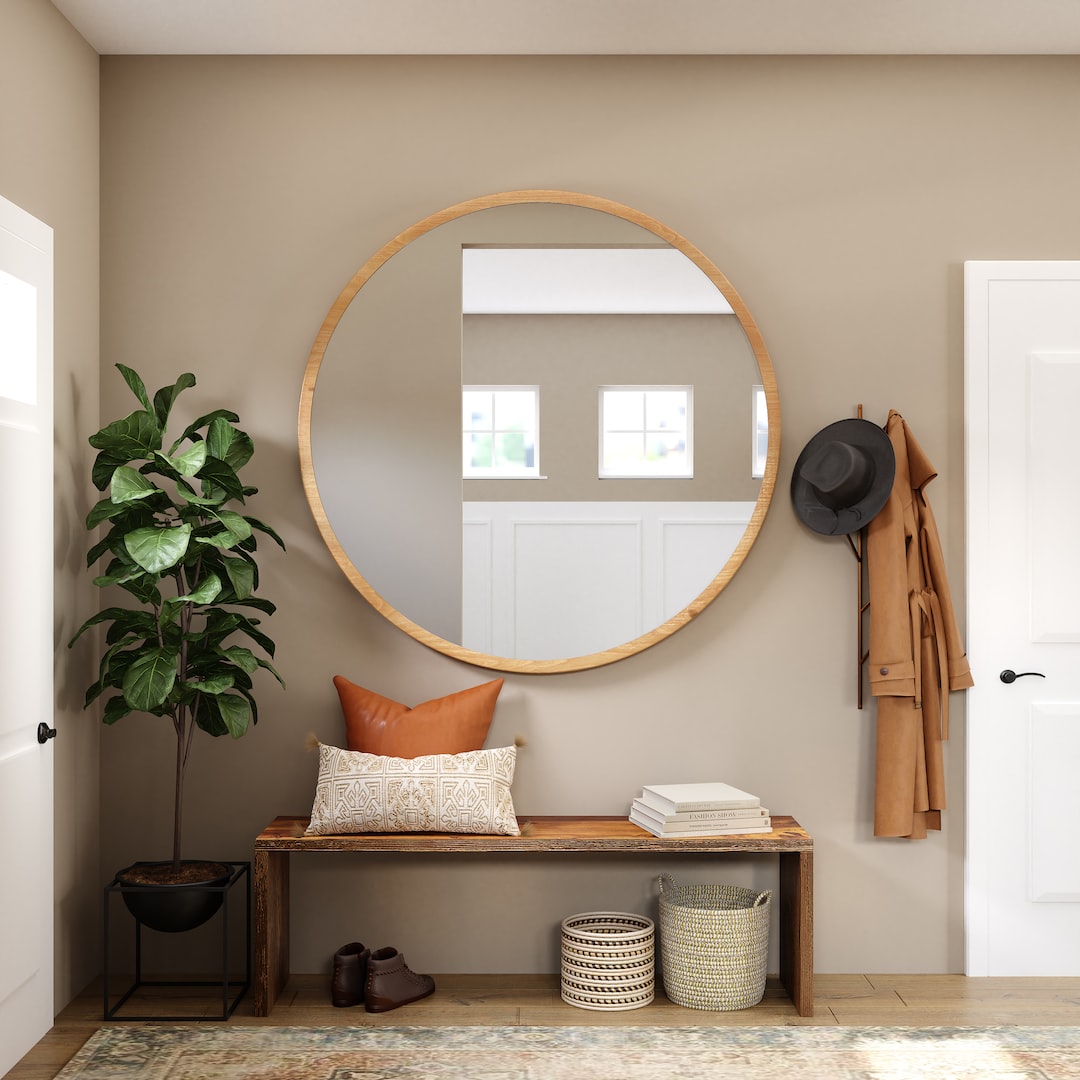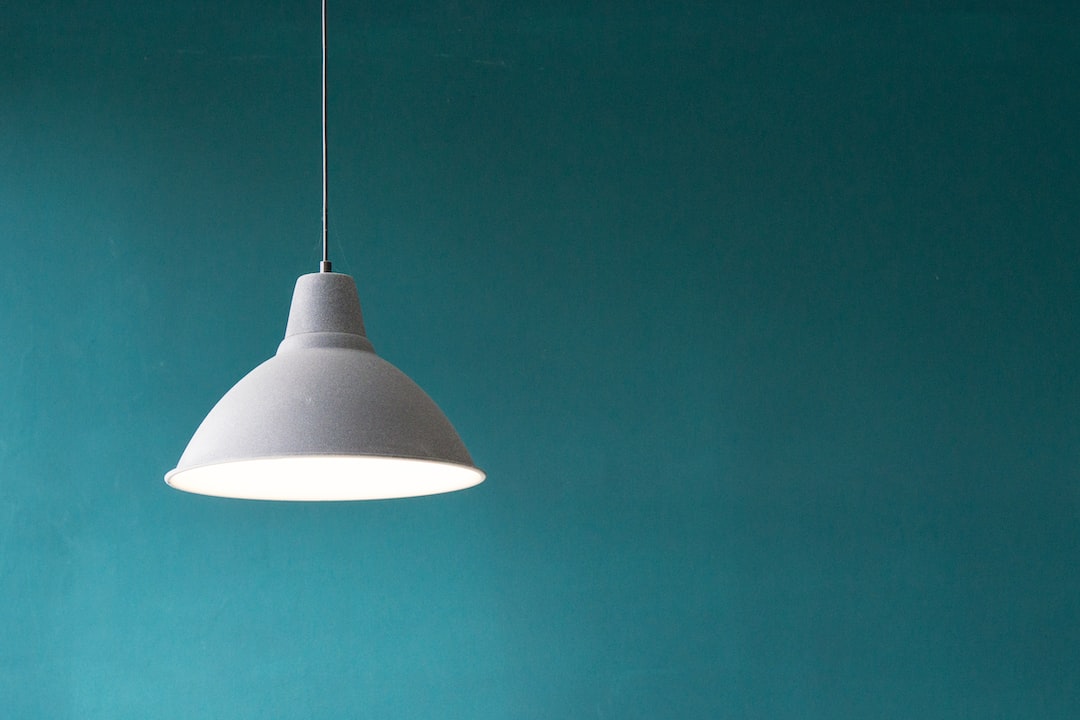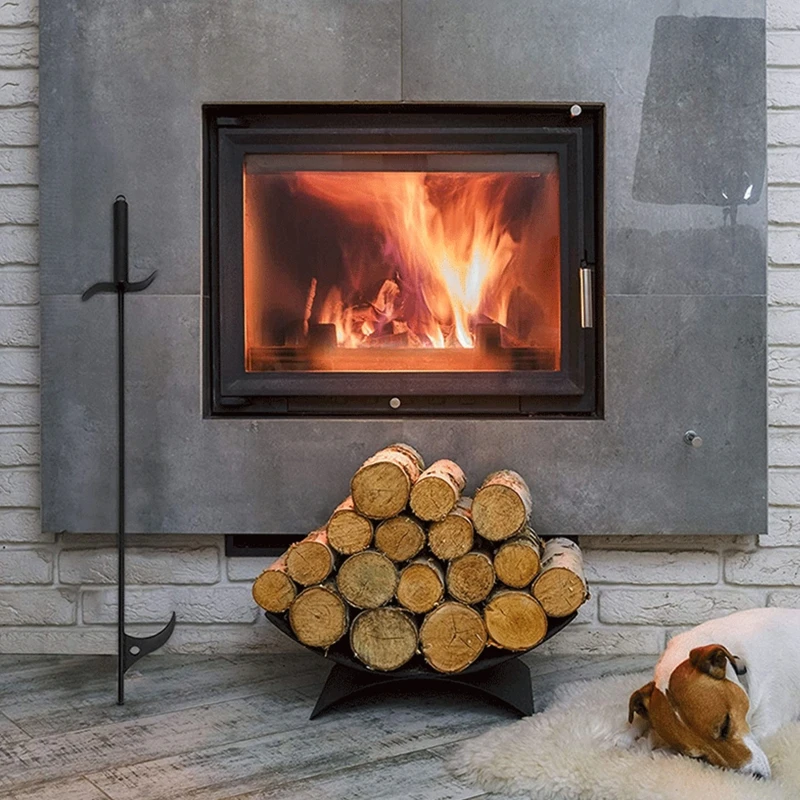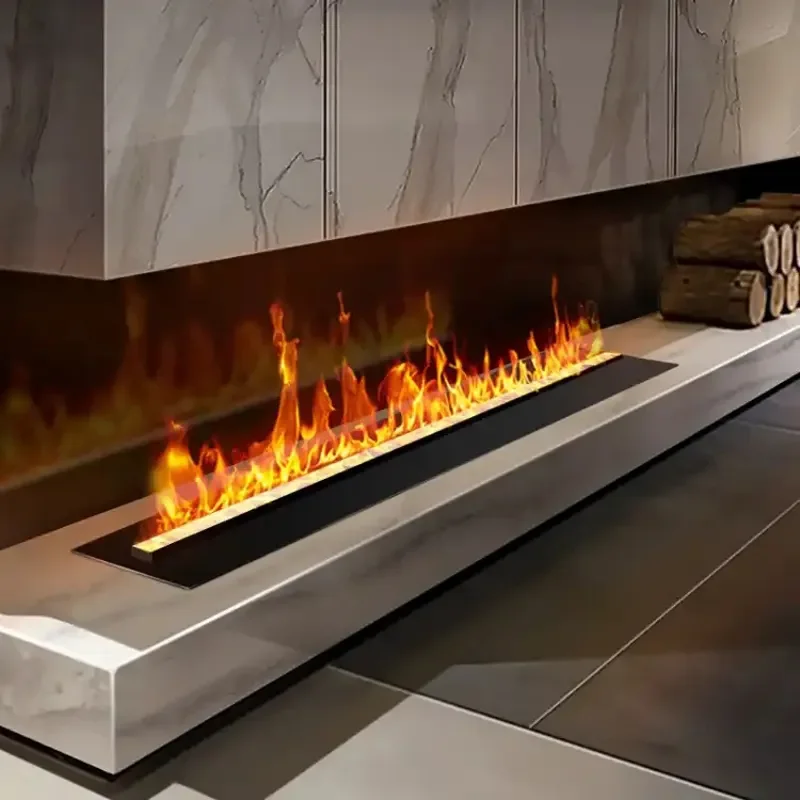The Ingenuity of Fire Pits: Tips on Buying, Use, and Safety Tips
I know you’ve already felt it: a cool settling into the summer night and the dimming of our trusty blue sky coming earlier and earlier. With summer too quickly reaching a close and cool Autumn on its way, it’s time to spark up the fireplace and brace ourselves for chilly and chillier temps. But don’t start batting down the hatches yet! With the ever-increasing popularity of outdoor fire pits, you can stretch the summer and fall nights out in comfort, and enjoy the beauty of nature a little longer, and a lot warmer!
Now…how do you know what kind of fire pit is best suited to your needs and lifestyle? Should you use wood or gas? What shape or design should you look for? And most importantly, how can you ensure that your new toasty outdoor fire is maintained and used safely?
A fire pit is not quite a fireplace and not quite a campfire: it’s a completely different animal. That’s why we’ve included important tips on differentiating between kinds, shapes, functions, and costs, as well as crucial safety tips for your fire pit.
Permanent or Portable?
Before you even start researching outdoor fire pits, you must first check the city or zone ordinance to make sure they allow fire pits, what type of fire pits, and what the safety parameters are. Once this is done, your first step is deciding whether you could most benefit from a portable fire pit or one that is permanent. Portable fire pits are typically fashioned out of lightweight metal (Mexican chimneas are made of clay or cast iron) and have a round design.
These come with wheels for easy on-the-go activity as well as patio or backyard use. With this versatility, you can move your fire pit to the deck, patio, different areas of the backyard, or the garage with ease. Another priceless bonus is that you don’t have to leave the toasty warmth at home. Pack it into the truck or SUV for the annual camping trip or take it on the road to a tailgating party. Because portables are made of lighter materials and require no installation for use, they are the most cost-effective, no-hassle way to fight the post-summer chill: both on the road and in your backyard.
The permanent fire pit (or specifically engineered backyard or patio fire pit), otherwise known as a custom-built or stationary fire pit unit, is made from stone, brick, rock, or concrete; and to most, is the more aesthetically pleasing addition to a patio or backyard. Custom-built fire pits should rise 1-2 feet off the ground and have a middle-of-the-road diameter of approximately 36 inches for ample use and safety. Like portables, you can choose between wood or gas to heat the desired area, but most products are energy-specific, so be sure to double-check before buying.
All in all, custom-built fire pits are much more expensive, due to professional installation, attention to design, and the heavy-duty long-lasting materials needed; but will last you lifetimes (with proper and regular maintenance), and undoubtedly provide an equity boost in your home’s value.
Design and Shape?
The design and shape of your outdoor fire pit typically depend on whether you opt for portable or stationary outside fire pits. More often than not, the portables will be made of metal or copper, have a large round bowl design, and sit in a metal stand. Wood will be placed in this bowl-or if you’re opting for a gas hook-up, ceramic logs, or fake-burning coals-and the removable protective screen placed on top. As mentioned before, portables are more functional than design, so their options are somewhat limited.
Chimneas also fall under the category of portables, boasting the antique wood-burning stove look, but because they are smaller and allow a lot less heat to radiate out, are less practical. Custom-built or permanent fire pits, on the other hand, come in a host of shapes and designs, because you are having the unit professionally installed. Typically, you can find these devices in round, square, or rectangular configurations incumbent upon your material of choice (brick, stone, wood, or concrete), and they come equipped with built-in steel screen siding and metal enclosure doors for enhanced protection when not in use.
Wood or Gas?
Both portable and permanent fire pits will require either wood, gas, or both. If the fire pit you have your eye on prefers wood exclusively, it is most important to find out what type of wood. Some fire pits will burn regular firewood logs exclusively (aged wood is always the best choice rather than new or green wood), so you will just buy the same type of cords you would for a fireplace. To avoid safety hazards and general maintenance of your fire pit, you should never try to burn a pressed wood or fire log (paper-enclosed quick-light). The reason is; that because firelogs are made from sawdust materials, they will burn hotter than a fire pit crafted for cordwood can handle.
Some fire pits, however, will offer the versatility of burning cordwood, pressed wood, and firelogs; in its safety specifications. Just remember that, unlike regular wood, only one firelog should be burnt at a time. Also note that if a fire pit’s specs allow for pressed wood, it will be able to burn the somewhat comparable firelogs. The alternative to wood fire is a gas hook-up. Gas will burn cleaner than wood, uses ceramic logs and fake burning coals, and can provide you with an almost-real look and warmth for your trip or patio. The only catch with gas-powered outdoor heat is that it requires more close and constant attention, due to its limitless supply of flammable energy.
Costs?
Cost is always a significant factor to look into when scouting for an outdoor fire pit. Portable fire pit units are the simplest, most cost-effective solution to your outdoor heating. Depending upon the varying features and supplies the portable comes with, it will typically range anywhere from $150-$500. This is because your portable fire pit is built of lighter and subsequently, less durable materials for easy transportation; and doesn’t require the costly installation that a permanent or custom-built fire pit does.
Portables are the perfect investment for people who want an outdoor, low-maintenance fire; but either can’t afford the solid structure of a custom-built or have yet to find a relatively permanent home to properly reap the long-term benefits. Custom-built or permanent fire pits will call upon heavy-duty, all-weather materials such as stone, brick, concrete, or wood; and typically necessitate a space in your backyard of 15-20ft wide. Because of their lifetime permanence and varying backyard landscaping needed, professional installation is quite labor-intensive and can run you thousands.
It all comes down to your particular situation, though. For most homeowners, the lifetime durability and projected use usually outweigh the cost. But if cost is an issue, portables are the easy, cost-effective quick fix to your outdoor heating whims.
Dangers and Safety Precautions
We all love a good fire, but it is crucial to remember that it is a fire; and if we don’t take the proper safety precautions and adhere to specific fire hazards, our fire pit could rage out of control, leading to property damage, sickness, and possibly death.
- Always follow the manufacturer’s and professional installation expert’s specifications and directions for which energy source to use.
- Fire pits should not be used on apartment buildings or multi-unit home decks due to clearance issues.
- Ensure your permanent is installed a good distance from your home and anything combustible (typically your installer will automatically enlist this common sense issue, but if not, ensure that it has a good ten feet clearance).
- Ensure you place your portable fire pit at least ten feet from the house, backyard miscellaneous, and trees i.e. anything combustible. Also, with portable fire pits, you must gauge the placement according to wind patterns and where the smoke will, therefore, be blowing.
- Don’t overfill your firepit with wood or wood substitute; or conversely, over-gas. Keep the fire small, contained, and manageable.
- Always use a screen cover to keep sparks and embers at bay.
- It is necessary to note how close your fire pit sits to the ground. Lifting 1-2 feet from a non-flammable surface will keep a small to medium fire at a safe clearance, but remember that is the perfect height for unsuspecting and curious children and pets, so close supervision is crucial.
- Always ensure that your fire is completely extinguished before leaving it unmonitored. Even with proper safety clearance, a spark can become a raging fire in a split second, and reach all corners of your deck and backyard in no time.
- It is also a must to get a fire extinguisher because you are playing with fire, otherwise.
Matched Search: fire pits
kitchen appliance Ideas
#Ingenuity #Fire #Pits #Tips #Buying #Safety













Leave a Reply
You must be logged in to post a comment.